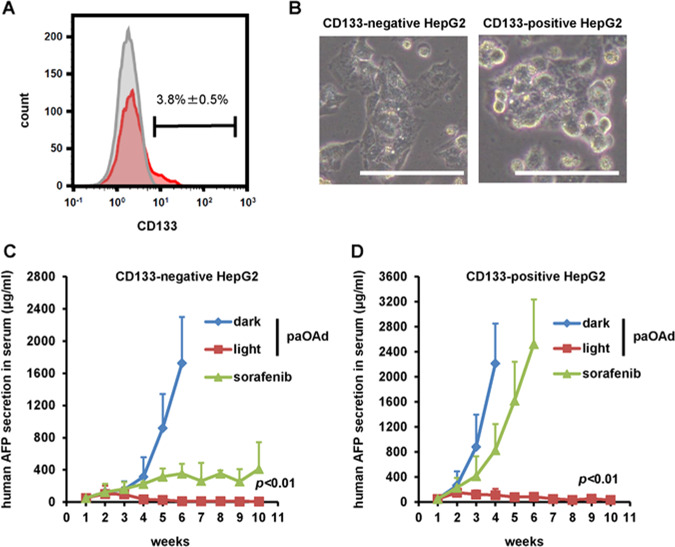Fig. 4. In vivo antitumor effects of paOAd in a xenograft model mice with cancer stem cells.
CD133-positive HepG2 cells were used as a model of cancer stem cells. a The CD133-positive cells were collected using a cell sorter. b The phase images of CD133-negative and -positive HepG2 cells are shown. c In the Rag2-Il2rg double-knockout mice transplanted with CD133-negative HepG2 cells, the AFP secretion in the mouse serum after paOAd infection was measured by ELISA. The Rag2-Il2rg double-knockout mice transplanted with CD133-negative HepG2 cells were treated orally for 10 weeks with sorafenib at 30 mg/kg. The results are shown as the mean ± S.E. Statistical significance was evaluated by two-way repeated ANOVA followed by Tukey’s post hoc tests. At 5 and 6 weeks after the illumination, the human AFP secretion in the “paOAd + dark” group was higher than those of the other groups (p < 0.01). d In the Rag2-Il2rg double-knockout mice transplanted with CD133-positive HepG2 cells, the AFP secretion in the mouse serum after paOAd infection was measured by ELISA. The Rag2-Il2rg double-knockout mice transplanted with CD133-positive HepG2 cells were treated orally for 10 weeks with sorafenib at 30 mg/kg. The results are shown as the mean ± S.E. (n = 3). Statistical significance was evaluated by two-way repeated ANOVA followed by Tukey’s post hoc tests. At 4, 5, and 6 weeks after the illumination, the human AFP secretion in the “paOAd + light” group was lower than those of the other groups (p < 0.01). Data were generated from 11 mice for each group. Scale bars represent 50 μm.

